Vellum Venom Vignette: The Emperor Has No Clothes

Like Dizzy Gillespie’s cheeks playing trumpet vs. at rest, cars are bigger in every direction compared to their predecessors. Perhaps you’ve seen a 1980s Honda Accord in front of the latest platform. Or perhaps an old/new Chevy Silverado. But what about a copiously large Cadillac, like the one made (somewhat) famous in a Moby music video?
What happens when you put that machine, an unrivaled King of The 1970s, against a pair of modern land barges? You already know, but go ahead and click to see anyway.
Our good friend with the former LeMons Station Wagon, Brian Pollock, snapped this 1969-1970 Cadillac Sedan DeVille (not a Fleetwood, considering the wheelbase?) sandwiched between a late-model Ford F-150 and Acura MDX. I assure you that neither Brian nor myself have the photochopping skills to shrink the Caddy: this actually happened.
Unfortunately there wasn’t a modern-day family sedan in the mix, too: that’d show the generational changes far better than a CUV and a truck. But note how the Caddy’s fenders works proportionally well with its 15″ (14″?) wheels, and how the Acura and Ford do the same with 17″ rolling stock. The Caddy looks even smaller because of a lower ride height, lower belt line and massive overhangs at both axles. The extra overhang means the Caddy’s nose and butt tapers more elegantly, giving a (dare I say it) sleeker appearance compared to the other two.
Losing overhang isn’t necessarily a bad thing, it just kills the ability to shape and taper a form. Everything must have a flat nose and a (modern-day family sedan) buffalo butt! Can you imagine if this Caddy had the bullet-like face of today’s ATS, but with the same elongated snout? It would be a seriously wind cheating land barge, slicing the air with less frontal area than modern machines. I suggest that it’d be a modest aerodynamic victory, even if European regulations have (probably) killed this design language forever. Or at least for a long time.
So what’s the key takeaway here? We need more cars proportioned after tennis courts. What was big before isn’t so big these days.
Thanks for reading, have a lovely week.

More by Sajeev Mehta
Latest Car Reviews
Read moreLatest Product Reviews
Read moreRecent Comments
- THX1136 What happened to the other companies that were going to build charging stations? Maybe I'm not remembering clearly OR maybe the money the government gave them hasn't been applied to building some at this point. Sincere question/no snark.
- VoGhost ChatGPT, Review the following article from Automotive News: and create an 800 word essay summarizing the content. Then re-write the essay from the perspective of an ExxonMobil public relations executive looking to encourage the use of petroleum. Ensure the essay has biases that reinforce the views of my audience of elderly white Trump-loving Americans with minimal education. Then write a headline for the essay that will anger this audience and encourage them to read the article and add their own thoughts in the comments. Then use the publish routine to publish the essay under “news blog” using Matt Posky listing the author to completely subvert the purpose of The Truth About Cars.
- VoGhost Your source is a Posky editorial? Yikes.
- Fed65767768 Nice find. Had one in the early-80s; loved it but rust got to it big time.Still can't wrap my head around $22.5K for this with 106,000 km and sundry issues.Reluctant (but easy) CP.
- El scotto err not be an EV but to own an EV; too much training this week along the likes of what kind of tree would be if you were a tree? Sorry. Bring back the edit function.


















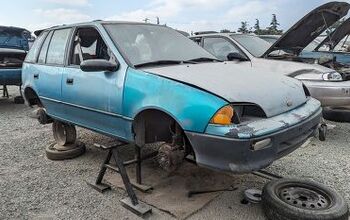
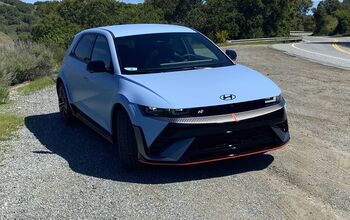

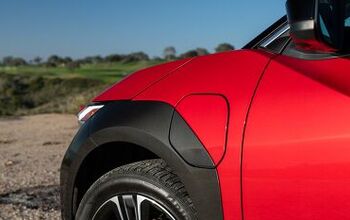
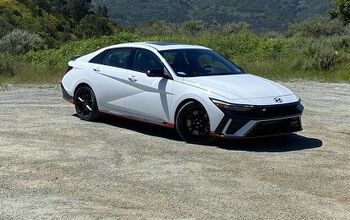
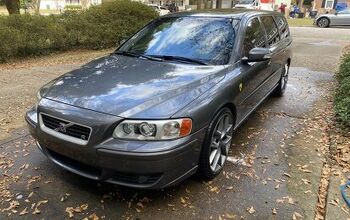



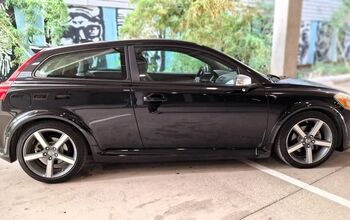


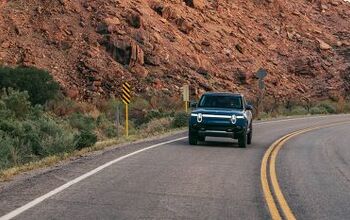

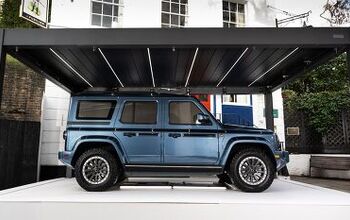
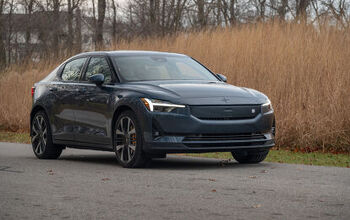

Comments
Join the conversation
Sorry Sajeev, I think you've got a little bit of a logical fallacy going on in this article, although perhaps you're looking at it differently than I am. Cars have indeed gotten smaller. Family sedans and luxury cars, at least. The absolute upper limit is still about the same-Lorenzo already mentioned that the Cadillac in the picture is 225" long; that puts it in between a Yukon XL/Escalade ESV/Suburban and an Excursion-but compared to a modern luxury car like the S, the A8 or the 7, the Cadillac is considerably larger. Similarly, the family sedans of the '60s like the Buick LeSabre are much longer than their modern equivalents-a 2013 Camry is 189" long, a 1960 LeSabre (which stickered, inflation-adjusted, for about $20-25k, so it's the same basic market segment) is 218". The angle and perspective of the picture that Mr. Pollock sent you makes it difficult, if not impossible, to judge the relative sizes of the cars in the photograph; I'll see if I can get a picture of my '69 Sedan DeVille next to either a Yukon XL or a W221 S65. That'll give you a better idea of the relative size of the car.
If you want a Land Barge with the nose like an XTS check out the 1975/76 Laguna. It's not quite as large as the Cad but it's close.